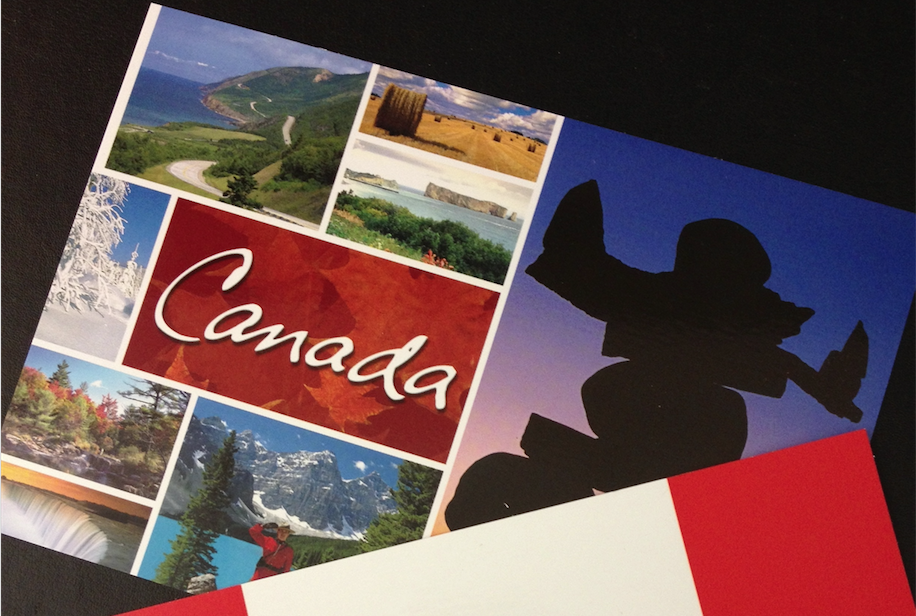Geoffrey Corfield
Geoffrey Corfield has been active in Conservative politics in Canada since 1976, both federally and provincially. But he won’t always write about politics because he has more experience with writing history and humour. He lives in London, Ontario, frequents used book shops, swims lengths, drinks beer, plays croquet, has his own town in north-central Queensland and six books published, and would very much like to find a publisher for this New Zealand book and its companion one for Australia.
Animal Crackers
There once was an animal Urban,
Who said: "I'm tired of being suburban.
I think I'll go far away,
Where it's sunny all day,
And I can play croquet and sip pints of bourbon".
In this day and age of the self-inflicted hobbling of national economies in aid of conquering another make-believe Armageddon (climate is another); countries are seeking new ways to stimulate growth, trade and business enterprise.
Canadian cities are growing, and the number of Canadian urban animals is growing too. We have too many of some of them. We should develop an International Urban Animals Exchange System whereby surplus Canadian urban animals could be bartered to other countries who could use their unique talents.
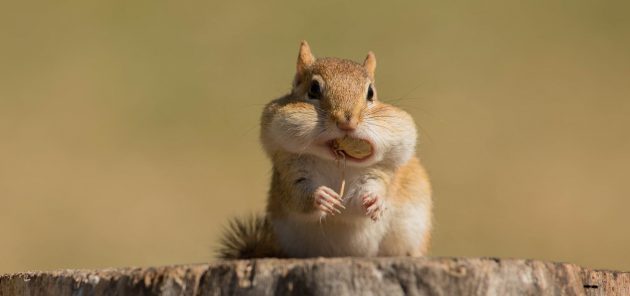
Chipmunks are happy, pretty little creatures. They run and hop up trees and down holes, and are fun to watch. They can even be trained to eat out of your hand. They tolerate cold temperatures, and whatever they eat you won’t notice it missing. Unless it’s your begonias. They dig in flower pots, drown in watering cans, and get caught by cats; but if somewhere needs cheering up outside, chipmunks could be an ideal investment. Export Grade A.
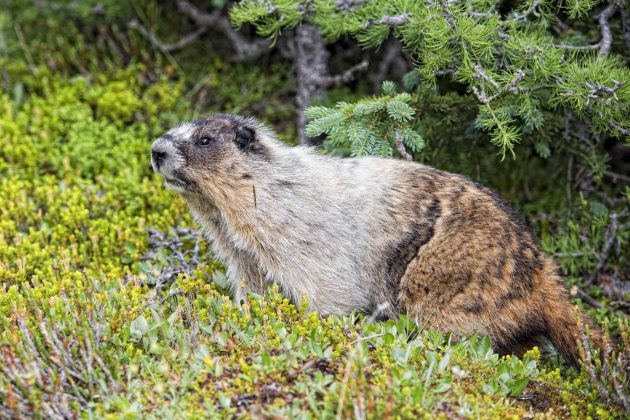
Not so attractive are their larger relations, the groundhog (or marmot), and the tree squirrel. Groundhogs dig big holes and have a special liking for sports fields and golf courses.
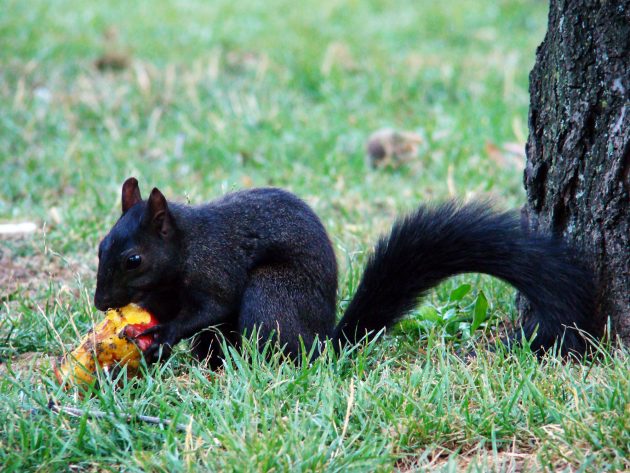
Squirrels don’t dig holes, they dig divots, but they are fine tree acrobats and active all year around. Export Grade B.
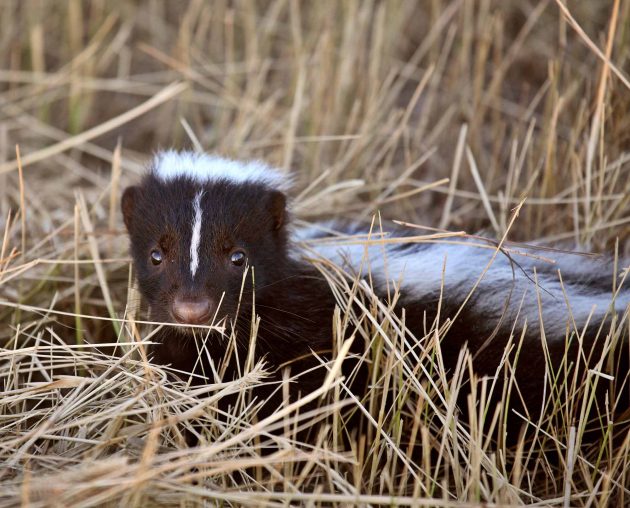
Skunks arn’t recommended. And not just because of their smell. They eat snails, worms, and grubs, and if your lawn or sports field has grubs in it they’ll rid them for you. But in return you’ll be left with a WWI battlefield. Export Grade C.
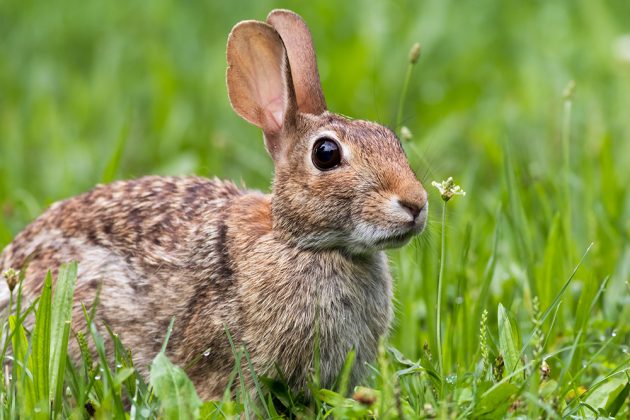
Rabbits have taken over some neighbourhoods despite dogs, cats, and cars. But after Australia’s experience who wants rabbits? Export Grade D.
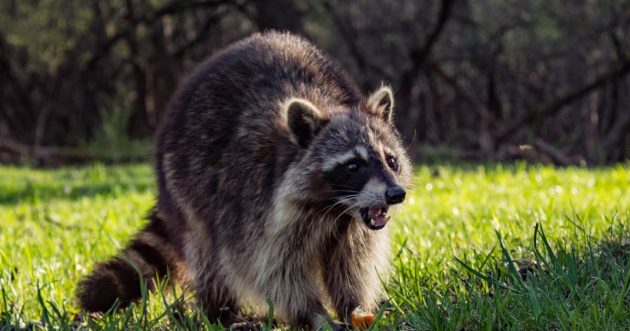
Probably the most successful Canadian urban animal is the raccoon. The smart, cute, little bandits. A charming combination of intelligence and adaptability. They eat insects and small animals, but anything resembling food is fair game. They can take the lids off rubbish bins, destroy fish ponds, and climb anywhere; and because they’re normally out only at night, you don’t know they’re there until they move in. Then they become the noisy neighbours. Export Grade B.

Another night animal seen less frequently than the raccoon, but more common than we think, is the opossum or possum (non-Irish variety). They’re very adaptable to climate and geography. A special feature of possums is their liking for ticks. So anywhere with an infestation of ticks or other insect or small animal pests, should consider investing in Canadian Opossums. Export Grade A.
Next: More Canadian urban animals.
If you enjoyed this BFD article please consider sharing it with your friends.

